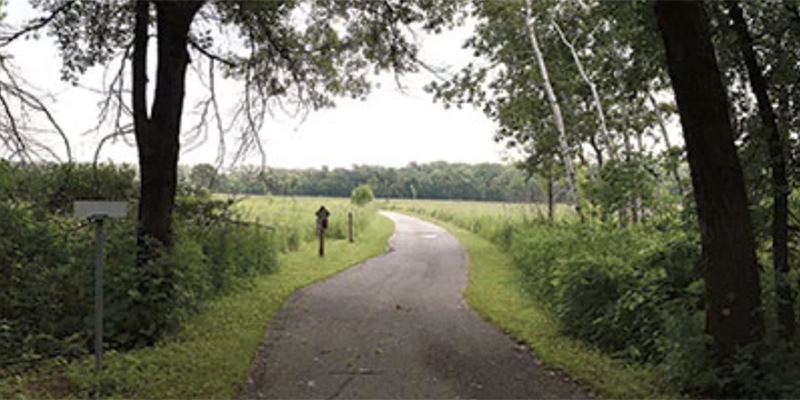Questions linger in wake of yet another police-involved shooting
Published 8:36 am Wednesday, July 19, 2017
Star Tribune
Distributed by Tribune Content Agency, LLC
A woman in a normally quiet neighborhood hears a disturbance late Saturday night behind her home. She calls the Minneapolis Police Department and, when officers respond, she leaves her house in her pajamas, walks down an alley and approaches the squad car on the driver’s side to talk to them. Minutes later, Justine Damond, a 40-year-old spiritual instructor who was to be married next month, is dead, shot through the door by the officer on the passenger side.
In a community that has yet to recover from the death of Philando Castile, shot by a St. Anthony police officer during a traffic stop, there’s now a new set of horrors to ponder.
Far too little is known about Damond’s last moments, primarily because the squad’s dashcam and the bodycams worn by both officers were off. The Bureau of Criminal Apprehension, which has taken over the investigation, has confirmed there is no video or audio of the incident even though every Minneapolis squad car has a dashboard camera and every police officer wears a body camera. But equipment is only as effective as the policy that guides it.
According to Andrea Brown, chair of the city’s Police Conduct Oversight Commission, dashcams are activated automatically when a squad car’s “cherry lights” are flipped on. Body camera policies vary greatly. Some cities, such as Washington, D.C., and Los Angeles, require bodycams to be on when officers respond to any call for service. Minneapolis does not. Instead, it lists specific circumstances — such as vehicle stops, arrests and others — with a generous level of officer discretion. That degree of autonomy should be reconsidered. Given the investment, it seems entirely reasonable to expect that all service calls would be recorded.
Even if the officers weren’t required to have their cameras on while responding to Damond’s initial call, department policy clearly requires activation for “critical incidents,” which include “any action by an officer that causes death or great bodily harm.” Investigators should seek answers on why, immediately after Damond was shot, neither officer activated a body camera. And is it possible the officers never turned on their squad car’s top lights, even as Damond lay dying in the dark and they awaited medical help?
There is also, unfortunately, a racial aspect further complicating this matter — and not the typical one. Damond was a white woman living in an upscale neighborhood. Sources have identified the officer who fired the shot as Mohammed Noor, the first Somali officer in the Fifth Precinct, who started in March 2015.
We would caution the public against jumping to conclusions about how vigorously this case will be investigated or prosecuted compared to others because of the race of those involved. This incident can bring the community together, in a united search for how to prevent such tragedies, or it can further divide along racial and class lines. Let us make a concerted effort toward the former.
Brown, who also serves as a Ramsey County public defender, said it’s not that unusual for citizens who call police for help to end up in confrontations with officers. She added that “in this day and age it’s unacceptable not to have audio or video of an incident like this.”
Noor has yet to tell his side of the story. If he had a legitimate reason to fear Damond, video and audio evidence of the deadly encounter would help him make his case. Minneapolis police union head Lt. Bob Kroll previously told the Star Tribune Editorial Board he welcomed body cameras to protect officers against false claims of abuse.
The year is not yet seven months old and, according to a Washington Post database, police in America have shot more than 543 people. And through June, 23 officers had been killed by firearms while on duty, the National Law Enforcement Officers Memorial Fund has reported.
Regardless of what we learn about Justine Damond’s death in the months ahead, no one should accept that rising and bloody toll as the price of policing in modern-day America.
We can and must do better.



